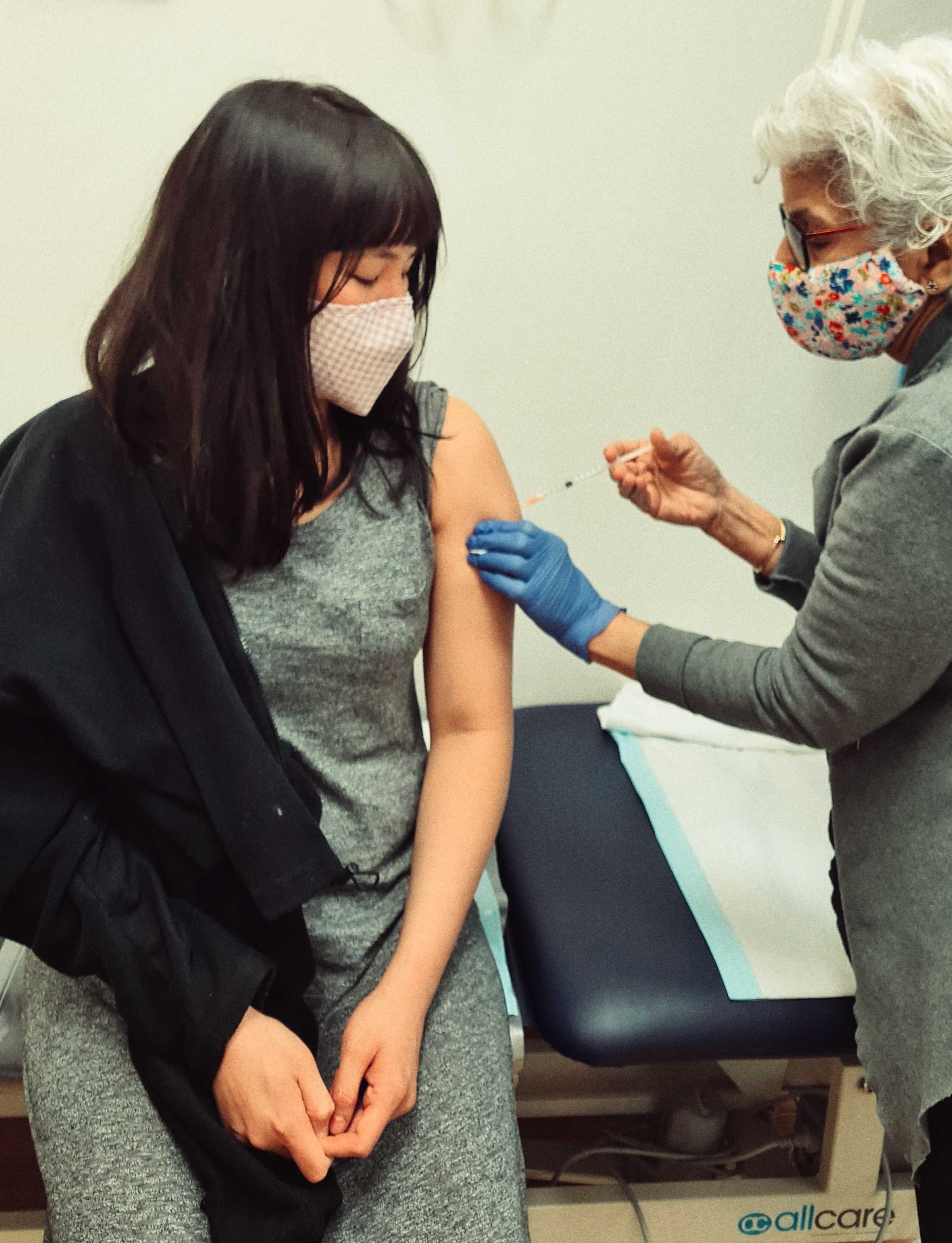Marketing a vaccine
Bolster recently had the incredible opportunity to work on a music industry campaign encouraging Aussies to get the COVID vaccine. Alongside other businesses like Mushroom and Live Nation, we worked on the #VaxTheNation campaign, as the industry’s plea to get vaccinated to help live events get back on track. Our key pillars of the campaign were driving awareness that lockdowns (that continuously shut down our events) can be easily stopped with high vaccination rates, and promoting positive stories of what life post-jab can and will look like. (Read more about the campaign here.)
In my normal work marketing music at Bolster, I’m always hunting for purchase levers. That is—the ‘thing’ that gets the end consumer to convert. It’s differs from project to project, it morphs across the phases of a single campaign, and most importantly it’s vastly different for each audience segment. For instance, the lever for Meredith is different for a hardcore attendee who goes every single year, and a young guy whose new uni friends are all attending. The diehard fan’s lever is just the festival existing and needing to go. For the festival newbie on the other hand, brand sentiment is probably not as high, and FOMO is probably a better motive to purchase.
As the digital lead on the #VaxTheNation campaign, it took me a minute to realise I actually need to focus on the opposite for this work. I was talking to my GP as soon as ScoMo (controversially and prematurely) announced that under 40s could get vaccinated, and not long after had a glorious AstraZeneca vaccine in my arm (pictured). It seemed completely bizarre that we needed to convince people to get something that made them less likely to catch a horrendous disease, get hospitalised from or die from it, for free. But the more digging into the psychology behind vaccine hesitancy, the more it made sense.
Here are some of the mental heuristics that explain vaccine hesitancy, and how to overcome these for community-based social marketing.
Confirmation bias
What is it: Tendency to interpret new evidence as confirmation of one's existing beliefs, OR only hunting out research that backs your thoughts.
How it plays into vaccine hesitancy: Using the Australian Government’s adverse drug effects database as a data source, while completely ignoring the warning on the same webpage explaining that the numbers report on correlation not causation. Or choosing to only consume vaccine news from a public anti-vaxxer you know, versus seeking out other opinions.
Ways around it: I have noticed that some of these vaccine hesitant pride themselves in their research, so lean into this. Acknowledge the effort they put into researching this, and encourage them to research both sides of the argument and come back with how they feel it all sits against each other. Also if they are not well versed in statistical analysis, send them this.
Availability bias
What is it: Tendency to think that things that are more easily remembered/recalled are the truth.
How it plays into vaccine hesitancy: AZ blood clotting risks had very intense coverage in the media for a few months. During this time, the most easily remembered fact about the AZ jab for the average Aussie was that it might cause you to have blood clots.
Ways around it: Tip the scales! As more Aussies have been posting stories about vaccines unrelated to AZ blood clots, it means it is no longer the first thing people think of. Keep posting ‘vaxxies’ to present a more realistic and balanced story of vaccines.
Omission bias
What is it: Tendency to judge harmful actions as much worse than harmful inactions, even if not doing anything has more dire consequences.
How it plays into vaccine hesitancy: The risk of dying from getting the vaccine might feel higher than the risk of doing nothing and then potentially getting COVID (and being hospitalised or dying).
Ways around it: Share data and stats around this! I like this visualisation from the ABC.
Affect bias
What is it: Tendency to make decisions that are heavily influenced by current emotions.
How it plays into vaccine hesitancy: Being riled up about lockdowns and transferring that emotion into vaccines as well (even though counter intuitively… getting vaccinated will help restrictions get eased earlier).
Ways around it: Share neutral and positives stories about the vaccine. And focus on the positive during chats about COVID. Getting negative and judgemental when talking about vaccines might make the other person feel defensive or negative, and dig their heels in even deeper.
As I write this, Victoria is still hungover from our first delicious weekend of eased restrictions. It was weird eating out at Horn Please with my mates sans mask, and strange to be dancing at a very full Night Cat, but it felt wonderful.
But life isn’t back to normal for everyone. These newfound freedoms are only eased for the unvaccinated. I know a couple of staunchly unvaccinated people, as I’m sure you do. And as much as I want to be judgemental, we have to respect their wishes. I hope you find this interesting or useful for broaching conversations with your loved ones who have chosen to be unvaccinated.
And if you are an unvaccinated person reading this, please know this. It may feel alienating and upsetting that society at large is trying to keep you at home to keep you safe, or trying to get you vaccinated against your will. But know it is because we care for you. Perhaps some of us could go about it in a different way though. xx
